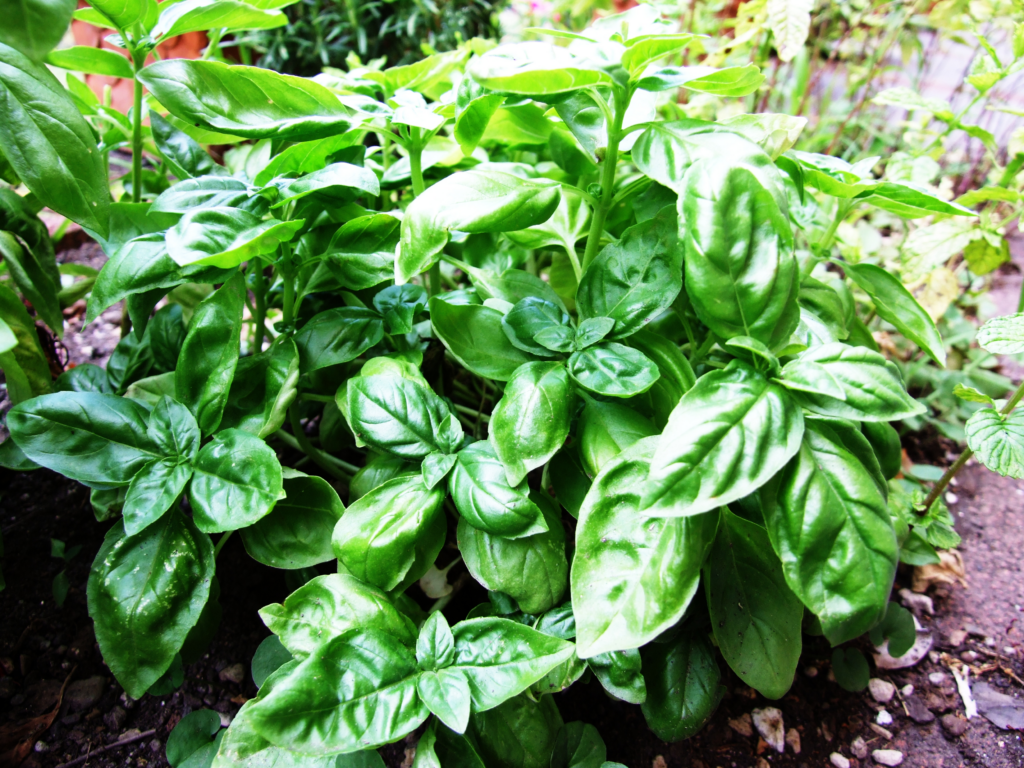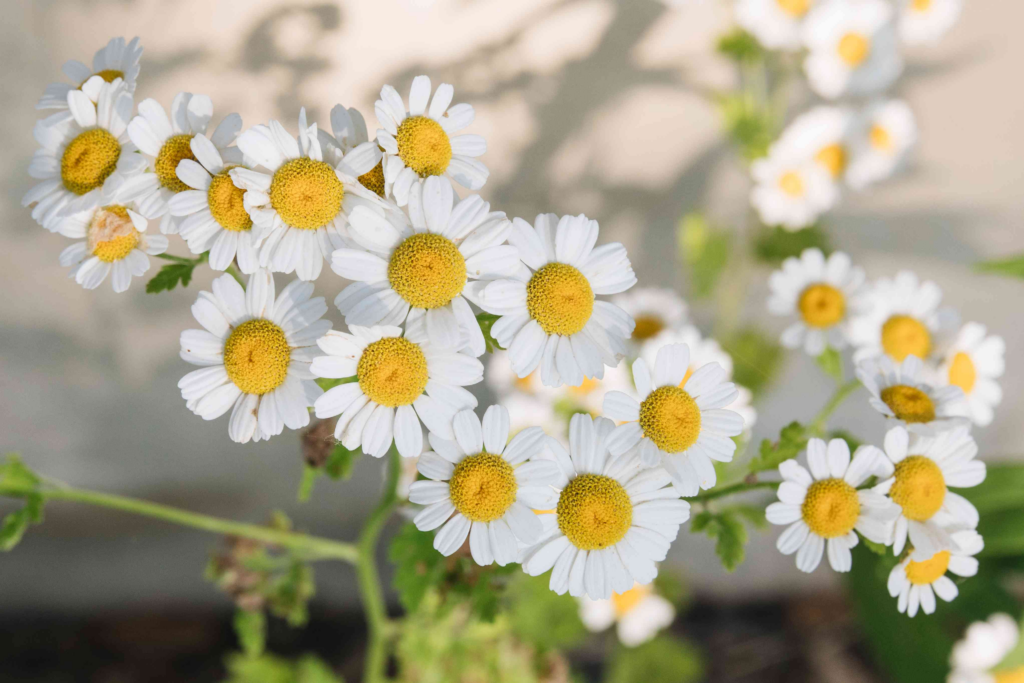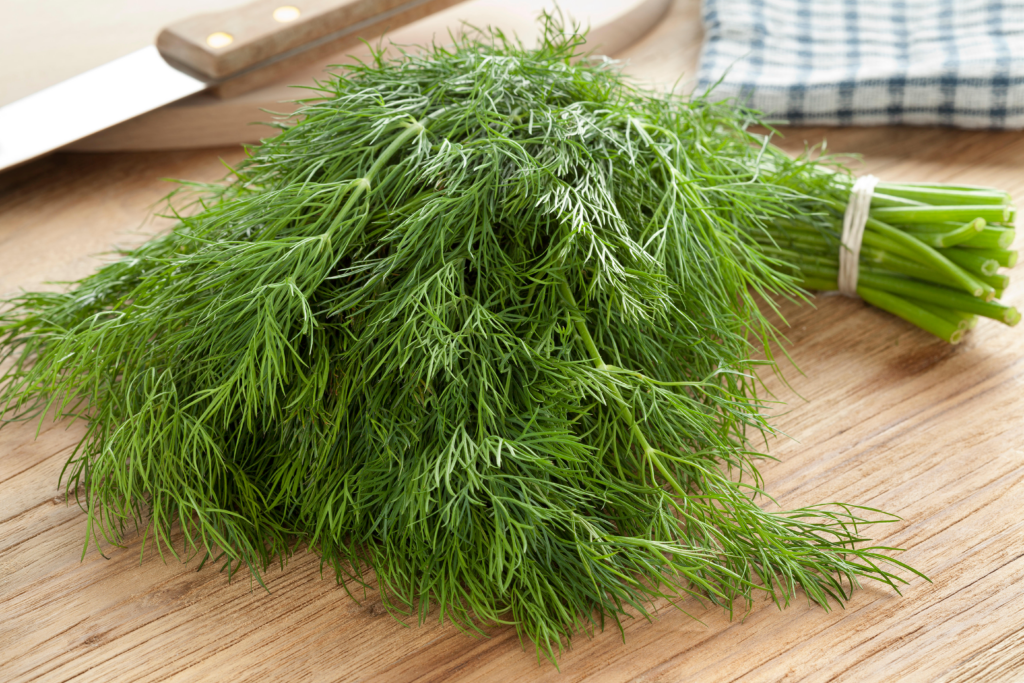Best Full Sun Herbs – Growing Herbs in Full Sun, Sun-loving Herbs
How fascinating it looks to have herbs in the garden. Of course, who would not love it? What if I ask you to name some herbs? I know some of you may not, while others will have some idea.
Don’t get me wrong; I am not criticizing anyone. In fact it’s the opposite, if you are unfamiliar with herbs and dropping your plan to grow them just because of this, I recommend you to read this article.
Here, I have listed some of the best full sun herbs that you can easily grow in the garden, along with all their basic growing requirements. So let’s enhance the victory of growing healthy plants and species.
Key takeaways:
- Full sun herbs are beneficial and beautiful as they take more than 6 hours of sunlight once a day.
- if you are in a sunny area, then you should have a glance at the below sun herbs for a better understanding.
- Some other best sun herbs are Lemon, Chervil, Mint, etc.
What do you mean by ‘Full Sun’?
Do you know what full sun is? It is being stated that full sun means almost 6 hours or more than 6 hours of revelation to sunlight. Even it is being said that eight hours could be an ideal time for some full sun plants. Do you think plants depend on the quantity of sunlight they are getting? No, it’s not true, rather they depend on the quality of sunlight they are taking.
Few herbs that like full sun
- Chives
- Chervil
- Mint
- Lemon
- Parsley
List of best sun herbs that love to grow in full sun
Do you know about the herbs that grow in full sun? If not, then you will come to know here appropriately. Below are the names of the sun herbs:
- Basil
- Chamomile
- Lavender
- Fennel
- Dill
- Oregano
- Rosemary
- Echinacea
Let us know about them in detail:
Basil:
It is the foremost herb that is the popular seasoning herb in one’s kitchen area. It needs full sun and also hot weather as the herbs can be destroyed by the cold climate. It needs well-drained soil and an even amount of water as well. Its taste and color change if you give them plenty of water.

Chamomile:
Do you want to have a cup of tea? You can go with the chamomile. The flowers of chamomile tend to make a great tea. Of course, the plants take full sun though they don’t digest much heat. It can grow in numerous soil types but tends to absorb plenty of water. It also takes the joys of cold nights.

Lavender:
The best thing about this herb is that it decreases the anxiety level of an individual. The flowers of lavender can help an individual to cure the skin and treat the hair at its best. It grows in full sun and tends to be in a warm climate. It likes to be in well-drained soil as it doesn’t like wet conditions.

Fennel:
In the kitchen, fennel is incredibly popular. Its leaves and bulbs can be found in a variety of cuisines all over the world. Fennel also offers several therapeutic benefits. It boosts heart health and aids digestion as this herb is a Mediterranean full-sun plant, it can endure chilly temperatures to some extent.

Dill:
It is also very famous in the kitchen just like fennel and the leaves and even the seeds can be used for the preparation of various dishes all around the world. It relieves menstrual cramps and even abdominal pain and stress as it is a medicinal herb.

Oregano:
Omg! Sounds amazing right? Oregano is also a full-sun herb and the most famous herb in Italian cuisine. As it prefers to grow in dry consciousness so it doesn’t like wet areas or climates.

For more such plant related-articles, you may also read, Pretty looking grasses for garden
Rosemary:
Have you heard about cancer? Of course, yes, it’s an ongoing disease that can’t be cured easily. Rosemary helps in the prevention of various types of cancer disease. You can delay your aging with the help of rosemary.

Echinacea:
Possesses the capability of relieving some symptoms like cold and flu by shortening its time duration. It can help in reducing anxiety and also stables the sugar level of an individual.

Types of Herbs to Grow and Their Uses:
If you are planning to plant herbs in your garden you need to first know about the different types of herbs that have different plant life cycles such as
Annual Herbs:
The annual herbs are plants that have a life cycle that exists for a single year which means these are herbs that can grow from seed, bloom, and die in the growing season. These are the plants that come under the perennial category that can grow in warmer regions. The following are the most common annual herbs That you can grow in your garden:
- Basil
- Borage
- Chamomile
- Chervil
- Cilantro/Coriander
- Dill
- Fennel
- Lemon balm
- Marjoram
- Stevia
Biennial Herbs:
These are the herbs that I used to grow vegetables in the first season under winter in cold areas for example lovage and parsley germinate then mature and Bloom flowers in the second growing season. These biennial Herbs have the best flavor.

Perennial Herbs:
The perennials Herbs are the herbs that don’t need to be replanted each year if you plant them once in your garden they are established again after a year in every drawing season and do die in the winter. You need to maintain well-draining soil for growing perennial herbs.

The following are some common perennial Herbs that you can grow in your garden.
- Chives
- Ginger
- Lavender
- Mint
- Oregano
- Sage
- Rosemary
- Thyme
Herbs to Grow Together in a Container:
You can grow many herbs together in a container to add more beauty to your garden. The advantage of growing Herbs in containers is that you can easily move your plant to other locations without disturbing others. In case if you are going to the garden on a balcony then planting Herbs in pots will be more convenient. You need to make sure to grow The Herbs in a container that requires the same amount of light water and soil nutrition so they don’t compete with each other.
Easiest Herbs to Grow Together Indoors:
Choosing Herbs to be grown indoors does help you to get fresh air around you. You just need to dance plus The Herbs from the garden to the pot. You need to move the pot indoors during fall before the freezing weather comes which will damage your herbs. The following are some easiest Herbs that you can grow together indoors:
- Basil
- Borage
- Calendula
- Chervil
- Chives
- Ginger
- Hyssop
- Lemon Balm
- Lemon Verbena
- Lemongrass
- Marjoram
- Mint
- Oregano
- Parsley
- Rosemary
- Sage
- Scented Geranium
- Sweet Bay
- Thyme
Herbs Not to Grow Together:
Some Herbs grow quickly and crowd other plants with their underground Runner. For example, Herbs like tansy, catnip, comfrey, horseradish, lemon balm, hops, artemisia, and mint are the plants that you should avoid to plant them together or with other Herbs because these are the Herbs which used spread more in the garden. So the best way to grow these Herbs is to plant them individually in a container.
In case if you want to add rambunctious herbs such as apple mint, spearmint, and chocolate mint in the garden at first you need to submerge a 12-inch pot in the ground having an inch of rim above the soil which is done to discourage the running stems after then you can plant The herbs in that pot. Growing herbs in this way will allow you to enjoy various herb flavors without thinking about the spreading of Herbs and overtaking the other plants in the garden.
Why do Herbs thrive in a variety of soil types?
Individual species may require different soil types, but grouping herbs with similar requirements is simple once you know what they are. Most herbs require rich, wet, well-drained, and somewhat fertile soil. Regardless of the plant, you plan to grow, maintaining healthy soil is essential. Any time you’re growing herbs, you should test the pH levels, and most of them require a pH of between 6 and 7. Herbs thrive in loose soil with plenty of room for roots to grow. If necessary, a liquid micronutrient fertilizer can provide the equilibrium that mineral-deficient plants require to survive.
Wrapping up the context
In this article, you come to know about the meaning of full sun and various herbs that tend to grow in full sun. It is being stated that full sun means almost 6 hours or more than 6 hours of revelation to sunlight. Even it is being said that eight hours could be an ideal time for some full sun plants. Do you think plants depend on the quantity of sunlight they are getting? No, it’s not true, rather they depend on the quality of sunlight they are taking. I hope the article will be helpful for you all.


